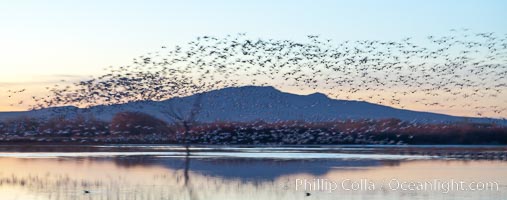
Snow geese in flight at sunrise. Bosque del Apache NWR is winter home to many thousands of snow geese which are often see in vast flocks in the sky.
Species: Snow goose, Chen caerulescens
Location: Bosque Del Apache, Socorro, New Mexico
Image ID: 26238
Species: Snow goose, Chen caerulescens
Location: Bosque Del Apache, Socorro, New Mexico
Image ID: 26238
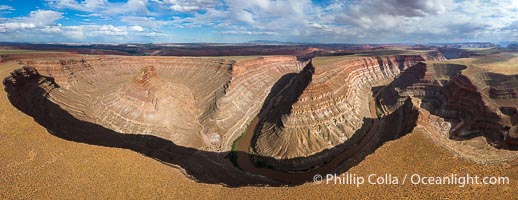
Goosenecks on the San Juan River near Lime Ridge, Utah. Deep canyons formed by the San Juan River near Mexican Hat are seen in this aerial panoramic photo.
Location: Mexican Hat, Utah
Image ID: 39487
Panorama dimensions: 4625 x 11971
Location: Mexican Hat, Utah
Image ID: 39487
Panorama dimensions: 4625 x 11971
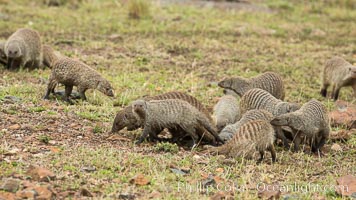
Banded mongoose, Maasai Mara, Kenya.
Species: Banded mongoose, Mungos mungo
Location: Maasai Mara National Reserve, Kenya
Image ID: 29846
Species: Banded mongoose, Mungos mungo
Location: Maasai Mara National Reserve, Kenya
Image ID: 29846
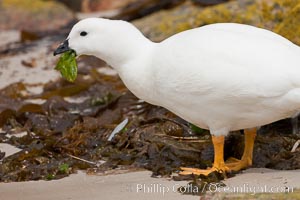
Kelp goose eating kelp, male showing entirely white plumage. The kelp goose is noted for eating only seaweed, primarily of the genus ulva. It inhabits rocky coastline habitats where it forages for kelp.
Species: Kelp goose, Chloephaga hybrida, Chloephaga hybrida malvinarum
Location: New Island, Falkland Islands, United Kingdom
Image ID: 23756
Species: Kelp goose, Chloephaga hybrida, Chloephaga hybrida malvinarum
Location: New Island, Falkland Islands, United Kingdom
Image ID: 23756
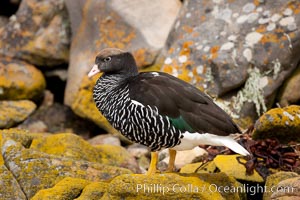
Kelp goose, female with multicolored plumage very different from the pure white of male kelp geese. The kelp goose is noted for eating only seaweed, primarily of the genus ulva. It inhabits rocky coastline habitats where it forages for kelp.
Species: Chloephaga hybrida, Chloephaga hybrida malvinarum
Location: New Island, Falkland Islands, United Kingdom
Image ID: 23760
Species: Chloephaga hybrida, Chloephaga hybrida malvinarum
Location: New Island, Falkland Islands, United Kingdom
Image ID: 23760
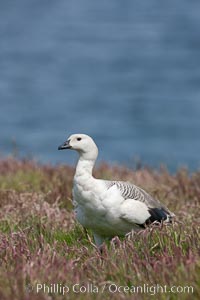
Upland goose, male, walking across grasslands. Males have a white head and breast, females are brown with black-striped wings and yellow feet. Upland geese are 24-29" long and weigh about 7 lbs.
Species: Upland goose, Chloephaga picta
Location: New Island, Falkland Islands, United Kingdom
Image ID: 23771
Species: Upland goose, Chloephaga picta
Location: New Island, Falkland Islands, United Kingdom
Image ID: 23771
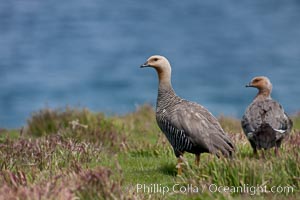
Upland geese, female, walking across grasslands. Males have a white head and breast, females are brown with black-striped wings and yellow feet. Upland geese are 24-29" long and weigh about 7 lbs.
Species: Upland goose, Chloephaga picta
Location: New Island, Falkland Islands, United Kingdom
Image ID: 23772
Species: Upland goose, Chloephaga picta
Location: New Island, Falkland Islands, United Kingdom
Image ID: 23772
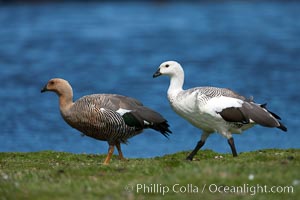
Upland goose, male (white) and female, beside pond in the interior of Carcass Island near Dyke Bay.
Species: Upland goose, Chloephaga picta
Location: Carcass Island, Falkland Islands, United Kingdom
Image ID: 23976
Species: Upland goose, Chloephaga picta
Location: Carcass Island, Falkland Islands, United Kingdom
Image ID: 23976
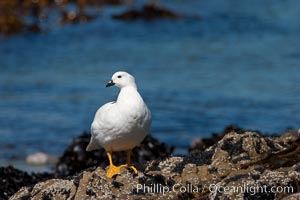
Kelp goose, male.
Species: Kelp goose, Chloephaga hybrida
Location: Carcass Island, Falkland Islands, United Kingdom
Image ID: 23984
Species: Kelp goose, Chloephaga hybrida
Location: Carcass Island, Falkland Islands, United Kingdom
Image ID: 23984
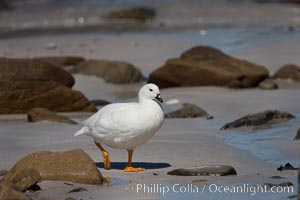
Kelp goose, male.
Species: Kelp goose, Chloephaga hybrida
Location: Carcass Island, Falkland Islands, United Kingdom
Image ID: 24006
Species: Kelp goose, Chloephaga hybrida
Location: Carcass Island, Falkland Islands, United Kingdom
Image ID: 24006
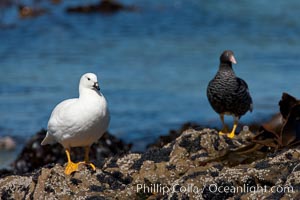
Kelp goose, male (white) and female.
Species: Kelp goose, Chloephaga hybrida
Location: Carcass Island, Falkland Islands, United Kingdom
Image ID: 24057
Species: Kelp goose, Chloephaga hybrida
Location: Carcass Island, Falkland Islands, United Kingdom
Image ID: 24057
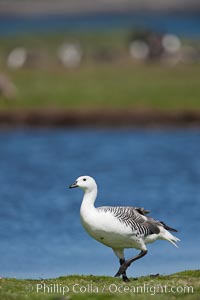
Upland goose, male, beside pond in the interior of Carcass Island near Dyke Bay.
Species: Upland goose, Chloephaga picta
Location: Carcass Island, Falkland Islands, United Kingdom
Image ID: 24064
Species: Upland goose, Chloephaga picta
Location: Carcass Island, Falkland Islands, United Kingdom
Image ID: 24064
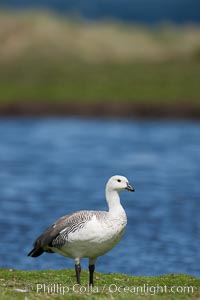
Upland goose, male, beside pond in the interior of Carcass Island near Dyke Bay.
Species: Upland goose, Chloephaga picta
Location: Carcass Island, Falkland Islands, United Kingdom
Image ID: 24065
Species: Upland goose, Chloephaga picta
Location: Carcass Island, Falkland Islands, United Kingdom
Image ID: 24065
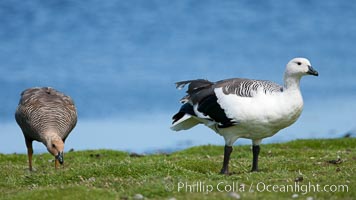
Upland goose, male (white) and female, beside pond in the interior of Carcass Island near Dyke Bay.
Species: Upland goose, Chloephaga picta
Location: Carcass Island, Falkland Islands, United Kingdom
Image ID: 24066
Species: Upland goose, Chloephaga picta
Location: Carcass Island, Falkland Islands, United Kingdom
Image ID: 24066
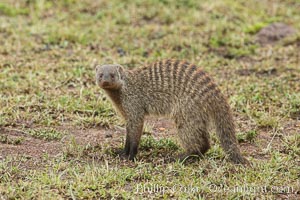
Banded mongoose, Maasai Mara, Kenya.
Species: Banded mongoose, Mungos mungo
Location: Maasai Mara National Reserve, Kenya
Image ID: 29848
Species: Banded mongoose, Mungos mungo
Location: Maasai Mara National Reserve, Kenya
Image ID: 29848
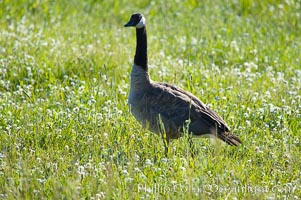
Canada geese along the Yellowstone River.
Species: Canada goose, Branta canadensis
Location: Hayden Valley, Yellowstone National Park, Wyoming
Image ID: 13115
Species: Canada goose, Branta canadensis
Location: Hayden Valley, Yellowstone National Park, Wyoming
Image ID: 13115
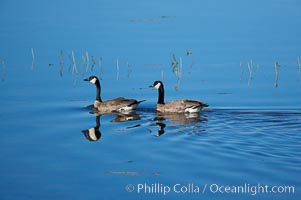
Canada geese along the Yellowstone River.
Species: Canada goose, Branta canadensis
Location: Hayden Valley, Yellowstone National Park, Wyoming
Image ID: 13116
Species: Canada goose, Branta canadensis
Location: Hayden Valley, Yellowstone National Park, Wyoming
Image ID: 13116
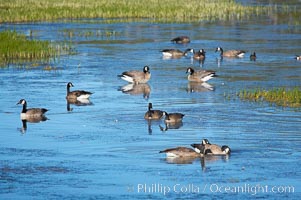
Canada geese along the Yellowstone River.
Species: Canada goose, Branta canadensis
Location: Hayden Valley, Yellowstone National Park, Wyoming
Image ID: 13117
Species: Canada goose, Branta canadensis
Location: Hayden Valley, Yellowstone National Park, Wyoming
Image ID: 13117
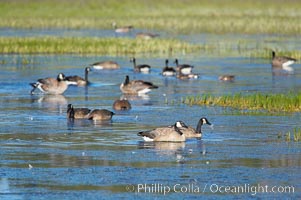
Canada geese along the Yellowstone River.
Species: Canada goose, Branta canadensis
Location: Hayden Valley, Yellowstone National Park, Wyoming
Image ID: 13118
Species: Canada goose, Branta canadensis
Location: Hayden Valley, Yellowstone National Park, Wyoming
Image ID: 13118
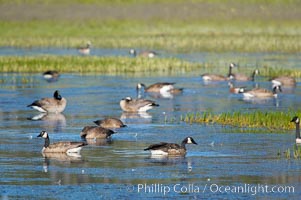
Canada geese along the Yellowstone River.
Species: Canada goose, Branta canadensis
Location: Hayden Valley, Yellowstone National Park, Wyoming
Image ID: 13119
Species: Canada goose, Branta canadensis
Location: Hayden Valley, Yellowstone National Park, Wyoming
Image ID: 13119
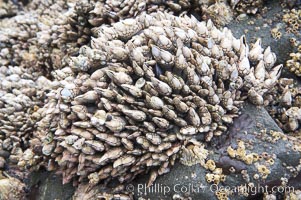
Gooseneck barnacles, exposed at low tide, adhere to a rock. The shell, or capitulum, of the gooseneck barnacle grows to be about two inches long. It is made up of small plates, which enclose its soft body. Inside the shell, the barnacle primarily consists of long segmented legs, intestines and stomach.
Species: Gooseneck barnacle, Pollicipes polymerus
Location: Ruby Beach, Olympic National Park, Washington
Image ID: 13779
Species: Gooseneck barnacle, Pollicipes polymerus
Location: Ruby Beach, Olympic National Park, Washington
Image ID: 13779
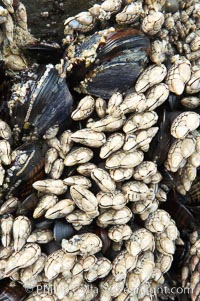
Gooseneck barnacles, exposed at low tide, adhere to a rock. The shell, or capitulum, of the gooseneck barnacle grows to be about two inches long. It is made up of small plates, which enclose its soft body. Inside the shell, the barnacle primarily consists of long segmented legs, intestines and stomach.
Species: Gooseneck barnacle, Pollicipes polymerus
Location: Ruby Beach, Olympic National Park, Washington
Image ID: 13798
Species: Gooseneck barnacle, Pollicipes polymerus
Location: Ruby Beach, Olympic National Park, Washington
Image ID: 13798
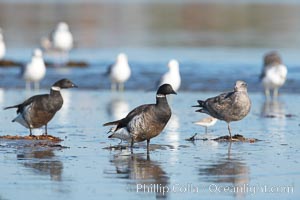
Brants (black), western gulls (white), on sandbar.
Species: Brant, Branta bernicla, Larus occidentalis
Location: San Diego River, California
Image ID: 18467
Species: Brant, Branta bernicla, Larus occidentalis
Location: San Diego River, California
Image ID: 18467
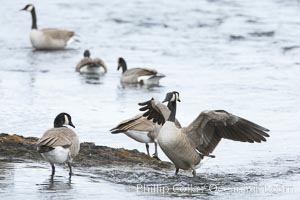
Canada geese on the Yellowstone River.
Species: Canada goose, Branta canadensis
Location: Yellowstone River, Yellowstone National Park, Wyoming
Image ID: 19570
Species: Canada goose, Branta canadensis
Location: Yellowstone River, Yellowstone National Park, Wyoming
Image ID: 19570
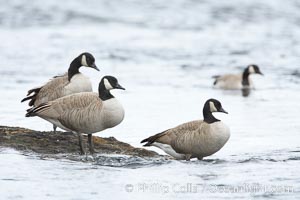
Canada geese on the Yellowstone River.
Species: Canada goose, Branta canadensis
Location: Yellowstone River, Yellowstone National Park, Wyoming
Image ID: 19571
Species: Canada goose, Branta canadensis
Location: Yellowstone River, Yellowstone National Park, Wyoming
Image ID: 19571
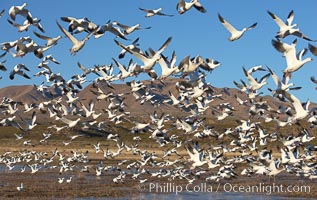
Snow geese blast off. After resting and preening on water, snow geese are started by a coyote, hawk or just wind and take off en masse by the thousands. As many as 50,000 snow geese are found at Bosque del Apache NWR at times, stopping at the refuge during their winter migration along the Rio Grande River.
Species: Snow goose, Chen caerulescens
Location: Bosque del Apache National Wildlife Refuge, Socorro, New Mexico
Image ID: 21839
Species: Snow goose, Chen caerulescens
Location: Bosque del Apache National Wildlife Refuge, Socorro, New Mexico
Image ID: 21839
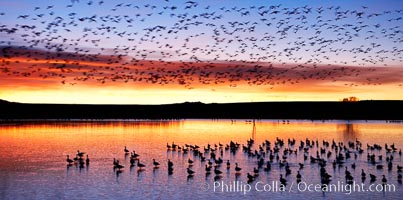
Snow geese at dawn. Snow geese often "blast off" just before or after dawn, leaving the ponds where they rest for the night to forage elsewhere during the day.
Species: Snow goose, Chen caerulescens
Location: Bosque del Apache National Wildlife Refuge, Socorro, New Mexico
Image ID: 21848
Species: Snow goose, Chen caerulescens
Location: Bosque del Apache National Wildlife Refuge, Socorro, New Mexico
Image ID: 21848
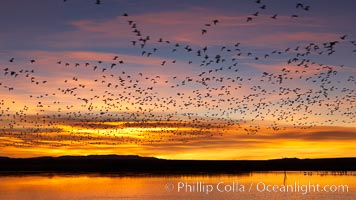
Snow geese at dawn. Snow geese often "blast off" just before or after dawn, leaving the ponds where they rest for the night to forage elsewhere during the day.
Species: Snow goose, Chen caerulescens
Location: Bosque del Apache National Wildlife Refuge, Socorro, New Mexico
Image ID: 21850
Species: Snow goose, Chen caerulescens
Location: Bosque del Apache National Wildlife Refuge, Socorro, New Mexico
Image ID: 21850
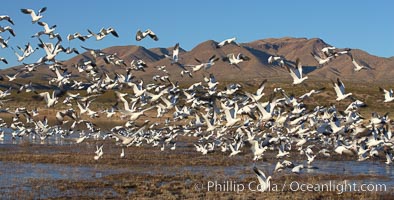
Snow geese blast off. After resting and preening on water, snow geese are started by a coyote, hawk or just wind and take off en masse by the thousands. As many as 50,000 snow geese are found at Bosque del Apache NWR at times, stopping at the refuge during their winter migration along the Rio Grande River.
Species: Snow goose, Chen caerulescens
Location: Bosque del Apache National Wildlife Refuge, Socorro, New Mexico
Image ID: 21861
Species: Snow goose, Chen caerulescens
Location: Bosque del Apache National Wildlife Refuge, Socorro, New Mexico
Image ID: 21861
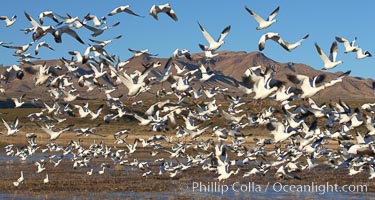
Snow geese blast off. After resting and preening on water, snow geese are started by a coyote, hawk or just wind and take off en masse by the thousands. As many as 50,000 snow geese are found at Bosque del Apache NWR at times, stopping at the refuge during their winter migration along the Rio Grande River.
Species: Snow goose, Chen caerulescens
Location: Bosque del Apache National Wildlife Refuge, Socorro, New Mexico
Image ID: 21862
Species: Snow goose, Chen caerulescens
Location: Bosque del Apache National Wildlife Refuge, Socorro, New Mexico
Image ID: 21862